Not all .30 caliber cartridges are created equal. Take 7.62×39 vs 30-30 Winchester, for example. Even though they share similar physical attributes and may both be used for deer hunting, these two rounds are in fact very different from one another.
We have to touch on the most glaring difference right away. Although bolt-action rifles chambered for 7.62×39 are available, the cartridge is nearly exclusively used in semi-automatic AK-47 rifles as well as the SKS. The 30-30, on the other hand, is almost without exception used in lever-action rifles. That right there is enough to settle the 7.62×39 vs. 30-30 debate for most shooters.
But let’s dig a little deeper in how differently these two cartridges perform. We’re going to compare their ballistic performance, stopping power, recoil and more so you can make the most informed choice about which type of ammunition you should prefer.
Let’s skip over all the historical info for these two rounds, which is available from a thousand other places anyway, and instead begin by comparing their physical dimensions.
Cartridge Dimensions
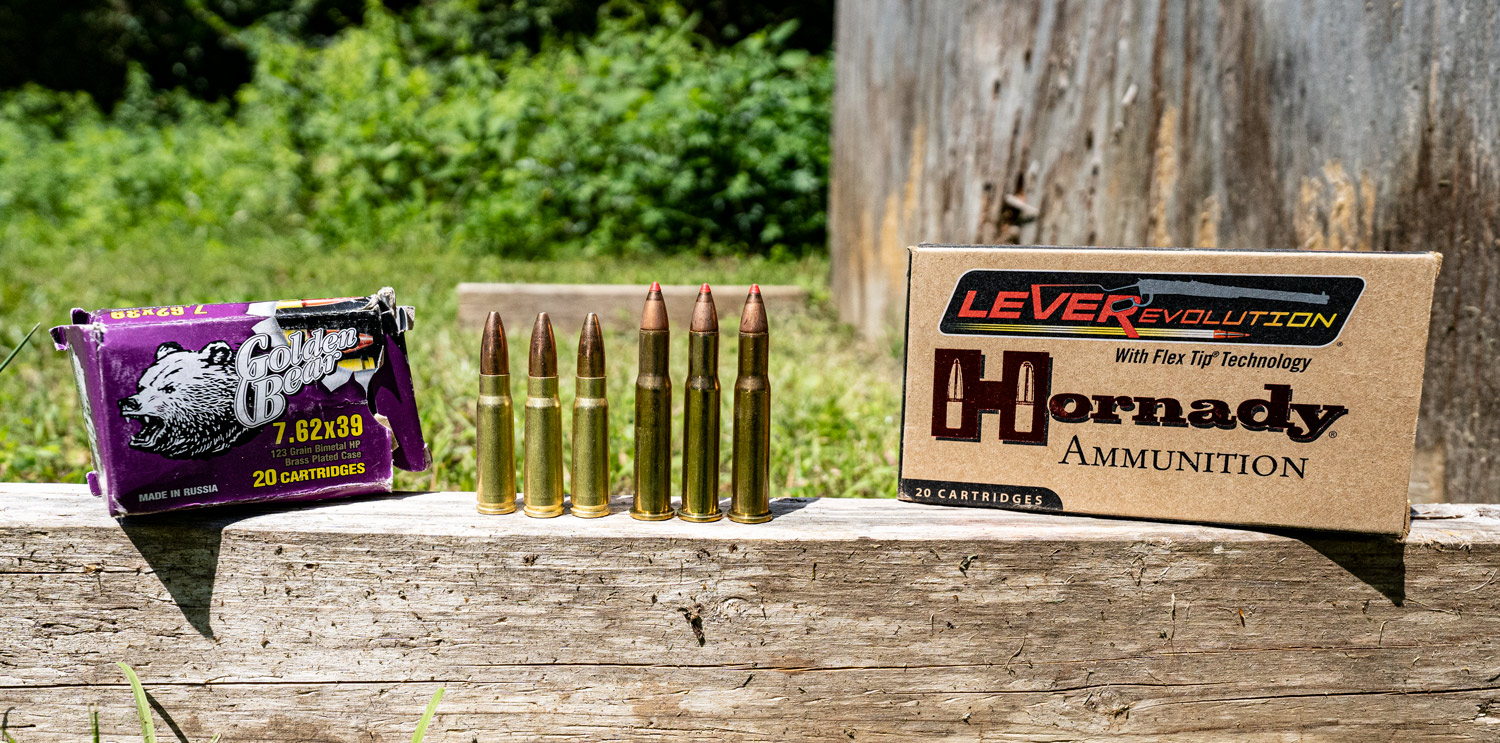
| 7.62x39 | 30-30 | |
|---|---|---|
| Case type | Rimless, bottleneck | Rimmed, bottlenecked |
| Bullet diameter | 0.309-0.311 in | 0.308 in |
| Neck diameter | 0.339 in | 0.330 in |
| Shoulder diameter | 0.396 in | 0.401 in |
| Base diameter | 0.447 in | 0.422 in |
| Rim diameter | 0.447 in | 0.506 in |
| Rim thickness | 0.059 in | 0.063 in |
| Case length | 1.524 in | 2.039 in |
| Overall length | 2.205 in | 2.550 in |
| Case capacity | 35.6 gr H2O | 45 gr H2O |
| Maximum pressure | 45,010 psi | 42,000 psi |
These two rounds’ bullets have virtually identical diameters. The 30-30 bullet is heavier, though. It commonly weighs 150 to 160 grains, whereas the 7.62×39 bullet usually weighs 123 grains plus or minus one.
One of the most important differences between these two rounds is their cases. The 30-30 case has a rim which helps a lever-action rifle feed and chamber it correctly, while the 7.62×39 case is rimless to accommodate a semi-automatic rifle’s extractor. Fundamentally, these rounds are meant for very different rifles.
Otherwise the two rounds’ cases differ most in their lengths, as the 30-30’s is about half an inch longer. This helps make its capacity greater by about 10gr H2O, creating more space for the propellant needed to push the 30-30’s heavier bullet.
Comparing 7.62×39 vs. 30-30 Ballistics
Despite their very different applications and origins, the 7.62×39 and the 30-30 share remarkably similar ballistic performance. One 7.62×39 cartridge can have a higher ballistic coefficient than a 30-30 round – and vice versa. (That’s a measure of the bullet’s ability to overcome air resistance in flight, where a higher number is better.)
Muzzle Velocity
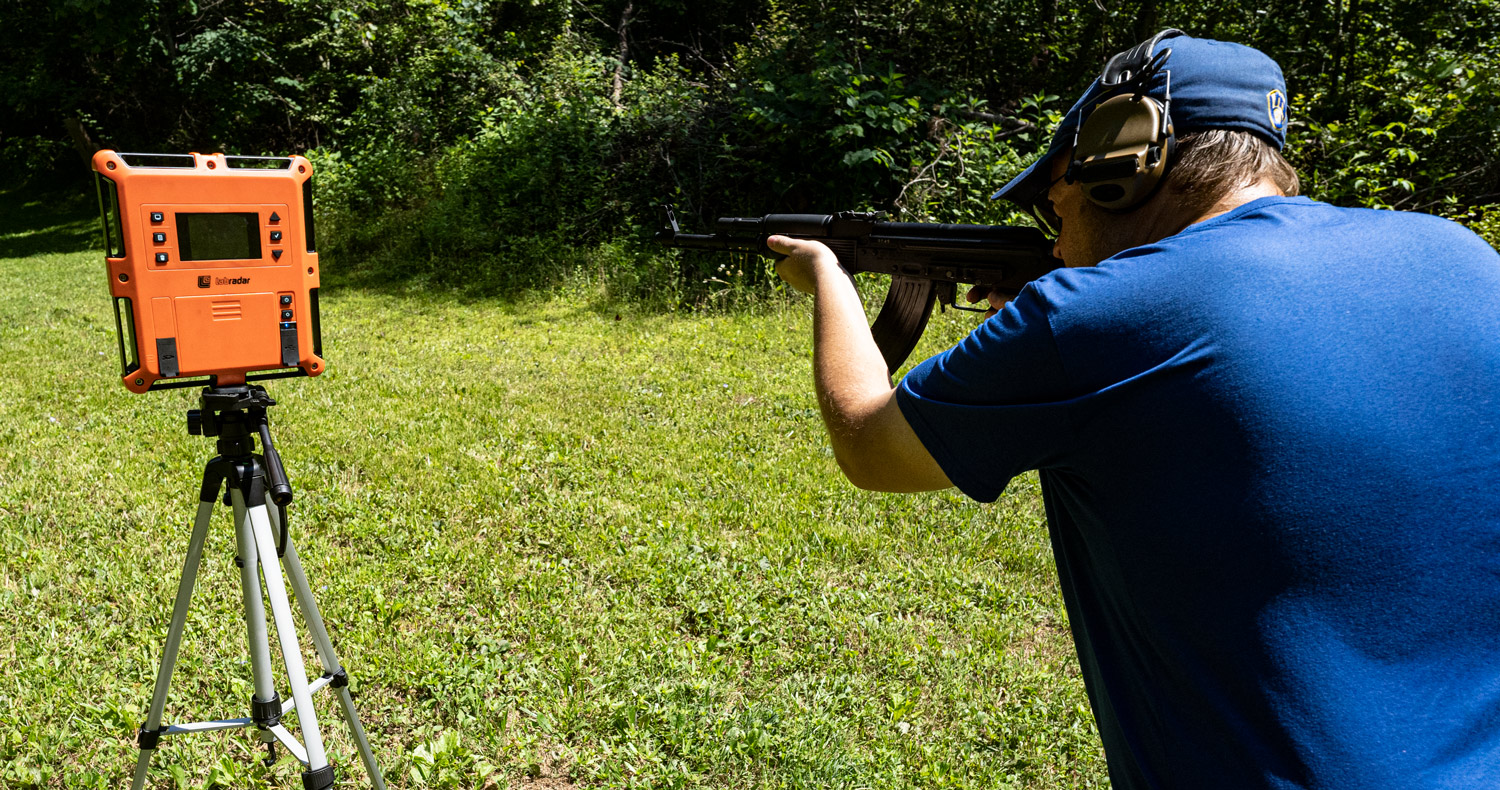
| 7.62x39 - Federal Fusion 123gr SP | 30-30 - Federal Fusion 150gr SP | 7.62x39 - Prvi Partizan 123 Gr. SP | 30-30 - Prvi Partizan 150 Gr. SP | |
|---|---|---|---|---|
| Muzzle velocity (fps) | 2350 | 2390 | 2461 | 2379 |
| Velocity @ 50 yds | 2213 | 2237 | 2254 | 2198 |
| Velocity @ 100 yds | 2080 | 2091 | 2057 | 2026 |
| Velocity @ 150 yds | 1952 | 1950 | 1871 | 1862 |
| Velocity @ 200 yds | 1829 | 1815 | 1697 | 1707 |
| Velocity @ 250 yds | 1712 | 1687 | 1536 | 1563 |
| Velocity @ 300 yds | 1601 | 1567 | 1390 | 1431 |
| Velocity @ 350 yds | 1496 | 1455 | 1263 | 1312 |
| Velocity @ 400 yds | 1399 | 1352 | 1158 | 1209 |
| Velocity @ 450 yds | 1310 | 1259 | 1077 | 1126 |
| Velocity @ 500 yds | 1231 | 1180 | 1016 | 1060 |
We see similar very downrange velocities and trajectories for both cartridges. That said, neither cartridge performs terribly well for long-distance shooting. The 7.62×39’s max effective range is generally considered to be 400 yards, while the 30-30’s is 200 yards. (A high-tech polymer tipped bullet like the FTX bullet in Hornady’s LeveRevolution can extend that range by about 50 yards, however.)
But it’s important to consider what “effective range” means in context. For the 7.62×39, which the Soviet government most certainly did not design for deer hunting, effective range means incapacitating an enemy soldier. For the 30-30, which Winchester always intended we use for sporting purposes, “effective range” means killing a deer.
Stopping Power / Energy
| 7.62x39 - Federal Fusion 123gr SP | 30-30 - Federal Fusion 150gr SP | 7.62x39 - Prvi 123gr SP | 30-30 - Prvi 150gr SP | |
|---|---|---|---|---|
| Muzzle energy (ft lbs) | 1509 | 1903 | 1654 | 1885 |
| Energy @ 50 yds | 1337 | 1668 | 1654 | 1610 |
| Energy @ 100 yds | 1182 | 1456 | 1156 | 1367 |
| Energy @ 150 yds | 1041 | 1267 | 956 | 1155 |
| Energy @ 200 yds | 914 | 1098 | 786 | 971 |
| Energy @ 250 yds | 801 | 949 | 644 | 814 |
| Energy @ 300 yds | 700 | 818 | 528 | 682 |
| Energy @ 350 yds | 612 | 705 | 436 | 573 |
| Energy @ 400 yds | 535 | 609 | 366 | 487 |
| Energy @ 450 yds | 469 | 528 | 317 | 422 |
| Energy @ 500 yds | 414 | 464 | 282 | 374 |
We’re going to make the reasonable assumption that you’re not planning on using a 30-30 rifle for home defense. We mean, by all means do if that’s all you have available, but most shooters prefer shotguns and semi-autos for home defense for good reason. You don’t want to crank a lever every time you chamber your next shot when your life is at stake. That said, there are lever action shooters who rely upon them in emergency situations and do quite well with them.
Rifles aside, the 7.62 and 30-30 would both overpower any human-sized threat at close range. In terms of muzzle energy alone the 7.62×39 delivers five times more power than the minimum amount recommended for self-defense; the 30-30 delivers over six times the recommended minimum at close range.
Let’s instead focus on deer hunting. The minimum energy recommended for humanely killing a whitetail is 1,000 ft lbs. Let’s see the distances at which the six rounds compared above each deliver exactly that much energy.
| 1,000 ft lbs Distance (yds) | |
|---|---|
| 7.62x39 Federal Fusion 123gr SP | 166 |
| 7.62x39 Prvi Partizan 123gr SP | 139 |
| 7.62x39 Hornady BLACK 123gr SST | 146 |
| 30-30 Federal Fusion 150gr SP | 232 |
| 30-30 Prvi Partizan 150gr SP | 191 |
| 30-30 Hornady LEVERevolution 160gr FTX | 315 |
Bullet Drop / Trajectory
| 7.62x39 - Federal Fusion 123gr SP | 30-30 Federal - Fusion 150gr SP | 7.62x39 - Prvi 123gr SP | 30-30 - Prvi 150gr SP | |
|---|---|---|---|---|
| G1 ballistic coefficient | 0.302 | 0.273 | 0.204 | 0.229 |
| G7 ballistic coefficient | 0.163 | 0.149 | 0.108 | 0.12 |
| Elevation @ 50 yds | 4.05 | 4.01 | 4.08 | 4.18 |
| Elevation @ 100 yds | 4.8 | 4.77 | 4.93 | 5.05 |
| Elevation @ 150 yds | 3.54 | 3.53 | 3.71 | 3.8 |
| Elevation @ 200 yds | 0 | 0.01 | 0.01 | 0.03 |
| Elevation @ 250 yds | -6.14 | -6.15 | -6.72 | -6.73 |
| Elevation @ 300 yds | -15.25 | -15.38 | -17.15 | -17.06 |
| Elevation @ 350 yds | -27.76 | -28.15 | -32.09 | -31.64 |
| Elevation @ 400 yds | -44.15 | -45.03 | -52.49 | -51.28 |
| Elevation @ 450 yds | -64.99 | -66.68 | -79.37 | -76.86 |
| Elevation @ 500 yds | -90.9 | -93.81 | -113.72 | -109.3 |
You’ll find the 7.62×39 more accurate if you’re into long-distance shooting. Not so much if you’re using a regular old AK-47, which as a semi-auto built to fairly low tolerances just can’t deliver very consistent performance, but a good rifle can cover 400 yards with far better precision than a lever-action chambered for 30-30.
It’s important to consider a couple things before drawing conclusions from these data. First, bullet ballistics change a lot depending on factors like air temperature, humidity, barrel length, and even slight variations between cartridges. Second, you can without question humanely kill a whitetail with less than 1,000 ft lbs of energy on impact. The terminal ballistics of the bullet itself count for a whole lot, too.
But we can definitely conclude that the 30-30 is designed to kill a deer at much greater distances than the 7.62×39, speaking strictly in terms of energy. The 7.62×39 delivers at least 1,000 ft lbs of energy up until an average of 150 yards; the 30-30 does the same at 211 yards. (We’re omitting the FTX, an outlier, from the 30-30’s average. It’s a high-tech polymer tipped bullet with significantly better in-flight ballistics than a conventional soft point that is specialized for lever-actions.)
Recoil
When it comes to recoil, gentler is better. Less kick makes it easier to line up your next shot, which is invaluable if you want to take two trophies in fast succession – or defend yourself. Avoiding punishing your shoulder with heavy recoil is always a nice thing, too.
It’s easy to calculate a cartridge’s recoil energy with just four numbers: rifle weight, bullet weight, propellant weight and muzzle velocity. How much recoil you’ll actually experience is subjective, but we can objectively measure the strength of a round’s kick with a little bit of math.
Let’s compare the recoil energy of the six rounds from earlier. For a cleaner comparison we’re going to assume all the rounds have 24 grains of propellant, and the 30-30 rifle weighs the same as an AK-47 at 7.7 pounds.
| Recoil Energy (ft lbs) | |
|---|---|
| 7.62x39 Federal Fusion 123gr SP | 6.89 |
| 7.62x39 Prvi Partizan 123gr SP | 7.36 |
| 7.62x39 Hornady BLACK 123gr SST | 6.89 |
| 30-30 Federal Fusion 150gr SP | 9.43 |
| 30-30 Prvi Partizan 150gr SP | 9.37 |
| 30-30 Hornady LEVERevolution 160gr FTX | 10.46 |
The average recoil energy of the 7.62×39 is 7.04 ft lbs; the average for the 30-30 is 9.75 ft lbs, which is 38 percent higher.
It’s easy to see why these rounds have different recoil energy: Their muzzle velocities are pretty similar, so only the 30-30’s heavier bullet is responsible. But neither cartridge kicks hard enough to cause serious discomfort, and since they have such different applications you probably wouldn’t prefer 7.62×39 over 30-30 just because it’s easier on the shoulder.
Availability & Price
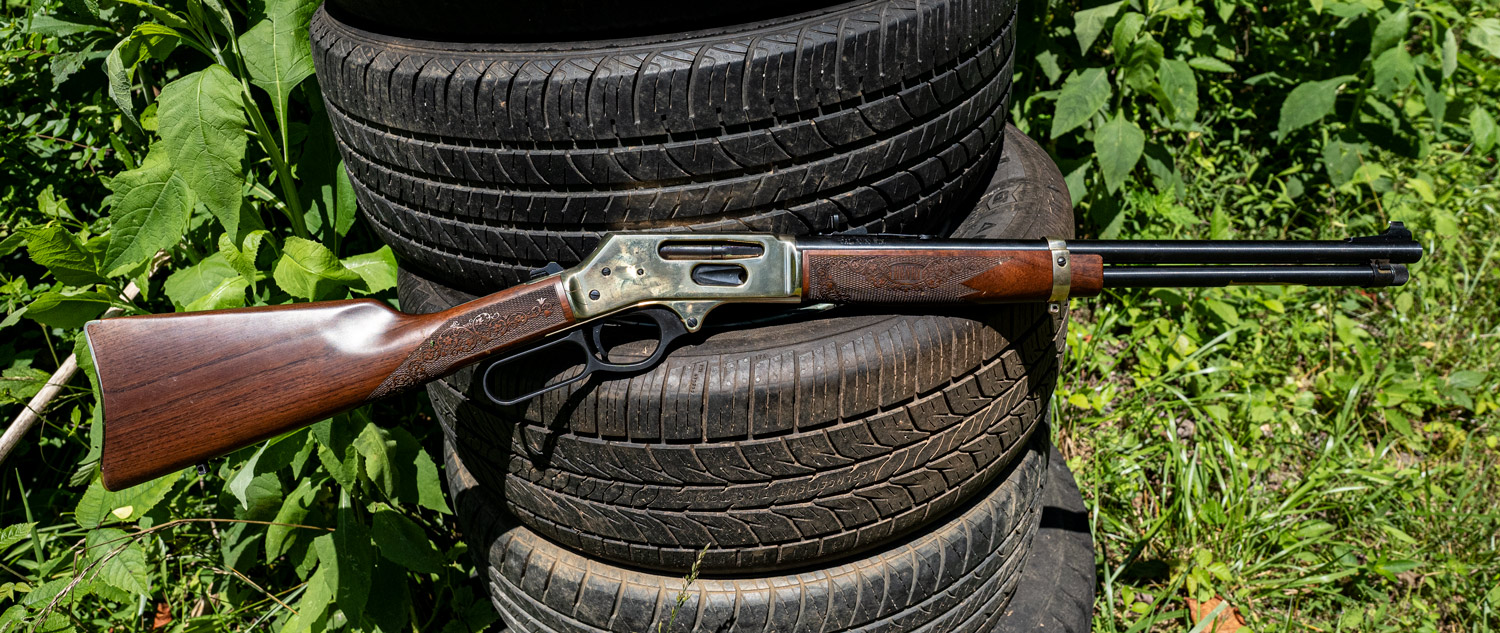
Despite modern cartridges surpassing it in performance, the 30-30 remains one of the kings of American deer hunting. It’s great popularity means you’ll have no trouble finding 30-30 ammo or the rifles chambered for it.
The AK-47 is the most common rifle on earth, though, so its ammo is no rarity either. Although you’re mostly going to find FMJ ammo for target shooting, several manufacturers do offer varmint and deer hunting rounds.
That said, you’re still going to find more 30-30 hunting ammo. On the flip side, Russian-made steel-cased 7.62×39 ammo makes plinking and casual target shooting extremely affordable. The AK-47 gobbles magnetic ammo down without issue, so shooters looking for a budget-friendly way to waste empty cans all day are going to be far better served by the 7.62×39.
7.62×39 vs 30-30: The Takeaway
The 7.62×39 and the 30-30 look similar at face value, but the answer to the 7.62×39 vs. 30-30 debate is extremely simple.
Are you selecting a cartridge for casual target shooting, plinking and possibly home defense? Pick the 7.62×39, Kalashnikov designed it for warfare.
Do you want to go deer hunting, and love the chik-chak of a lever-action? Pick the 30-30, which has dominated the American hunting scene for over 100 years solely because it works so well.


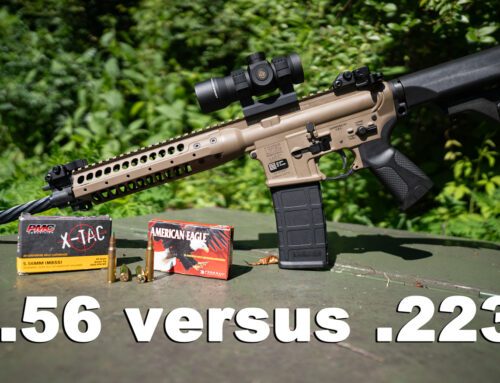
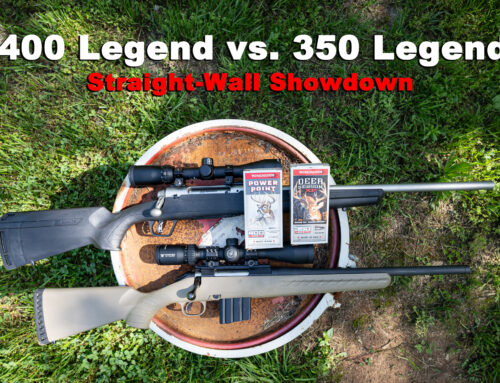
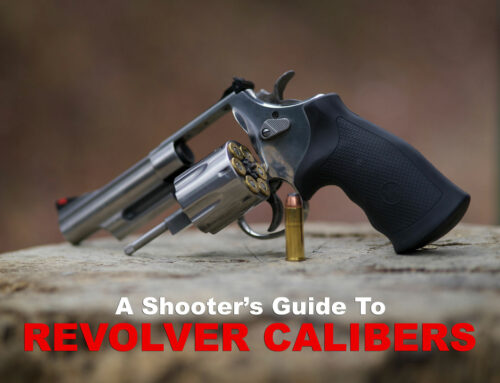
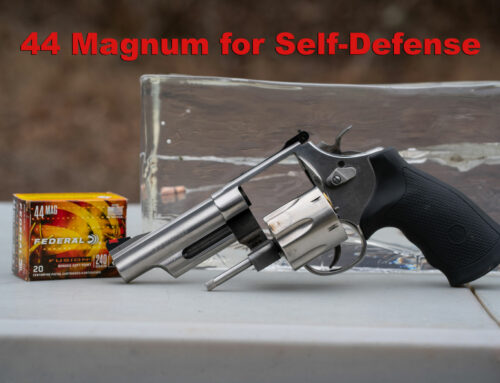
Liked the article. Got a lot out of it.
I have both, a Winchester in 30-30 and a Ruger mini thirty. Was just wondering if it would be practical to take Mini out, using a 5 rd mag.
But, I think I’ll stick to 30-30.
Thanks